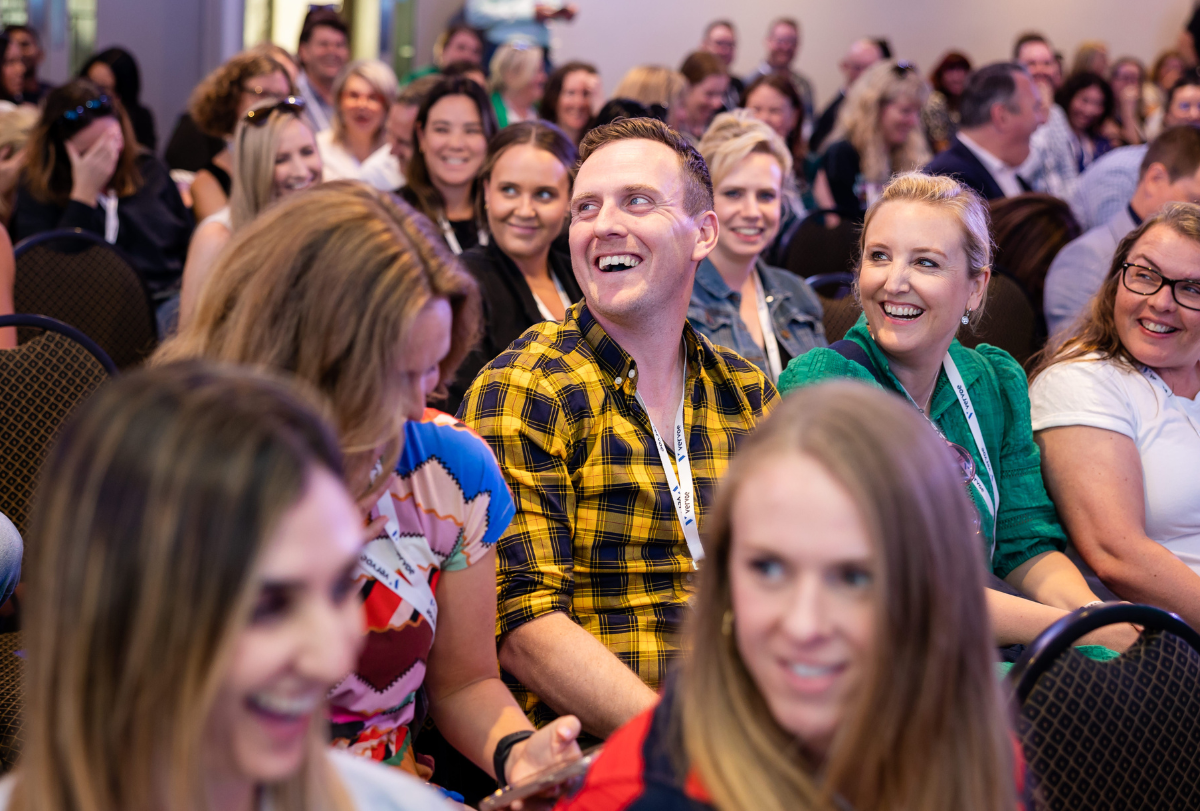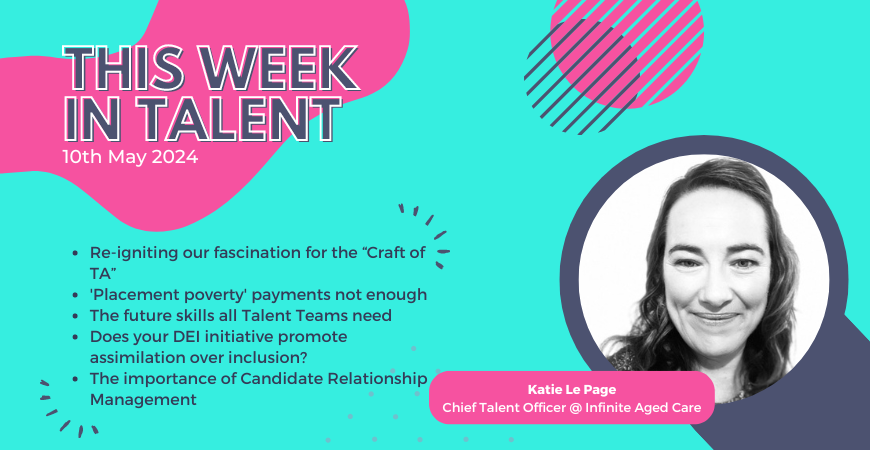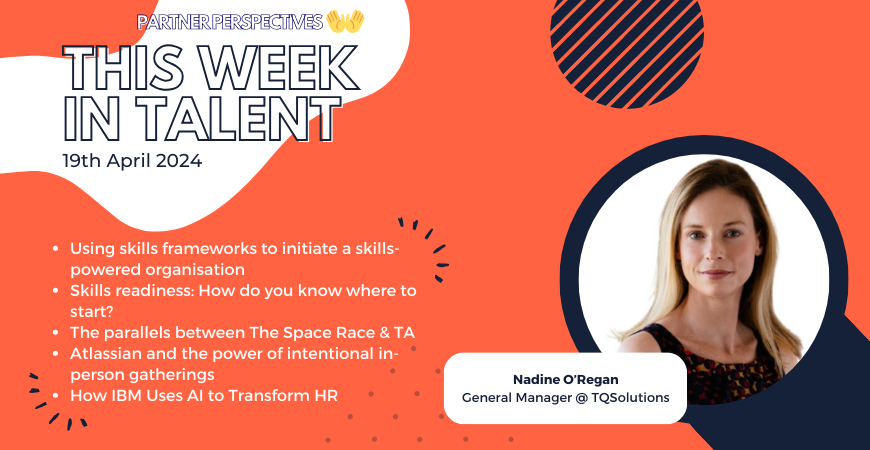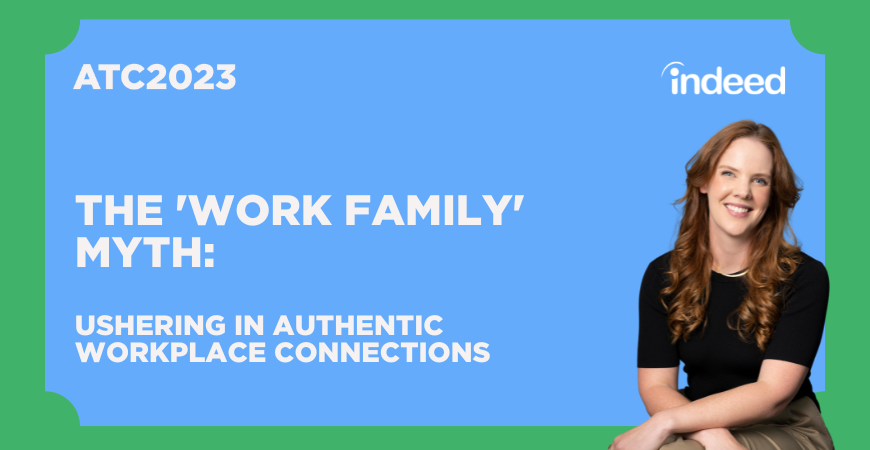What do Steve Jobs, Albert Einstein and Pablo Picasso have in common? The are all thought of as born innovators. Creative geniuses. The myths and stories surrounding these three people support the notion that one is either born an innovator or not. And if not, perhaps consider a career in accounting. (That’s a joke – I know I want my accountant to be highly creative).
Despite perception, great innovators are largely made, not born. Thousands of scientific studies have shown that simple tactics and methods can significantly improve anyone’s ability to be a great innovator.
[bctt tweet=”Are geniuses born or made? ” username=”ATCevent”]
For organisations that place a value on innovation, the message is simple: you must deliberately focus on turning your people into great innovators. At Inventium, the innovation consultancy I lead, we literally work with thousands of employees every year, giving them practical skills to deliver better innovations to market.
Here are three main areas to focus on in order to transform staff into top innovators:
 Uncovering opportunities
Uncovering opportunities
Too often, the primary skill of great innovators is seen as coming up with great ideas. Certainly, this is important, but innovation doesn’t start with an idea.
Instead, innovation needs to start with the customer. As such, a critical skill set for people is to know how to be a great customer detective. Customer detectives understand how to uncover what truly matters to customers and identify major points of frustration. They are skilled in both watching and talking to customers, as well as having empathy for them.
Customer detectives frequently get out of the office building to interact with customers, rather than hiding behind their computer. They understand the difference between confirmatory research (where you go in with a set agenda) and exploratory research (that allows you to be opening to finding a number of different opportunities to solve).
Inventium recently worked with Blackmores to train a group of staff to improve their skills at uncovering true customer pain points. Within days after the training, behaviour started to change. For example, a member of the procurement team, when given a request to find a new bottle lid manufacturer, pushed back on the request, asking the team “what paint point are you hoping this new lid will solve?”
 Generating both big and small ideas
Generating both big and small ideas
Many people believe that our ability to think creatively is static – that is, we are essentially “stuck” with what we have been given. However, research tells a very different story. For example, creativity – an important trait of great innovators – has been found to only be 30 percent genetically predetermined. In addition, interventions in research lasting less than a minute (such as staring at certain types of images) have been shown to significantly enhance anyone’s creative thinking ability.
Work that Inventium undertook with a product development team in one of the big four banks focused on improving people’s creative problem solving abilities. When behaviour change was measured three months after the training, we found a 52 percent uplift in people’s creative problem solving abilities, and a 49 percent increase in the output the team was getting from idea generation workshops.
 Running experiments to test ideas
Running experiments to test ideas
The big mistake companies make when they have ideas is to move straight on to implementation. A lot of money is wasted in funding ideas that nobody wants. To avoid wasting previous innovation resources, invest in training staff in how to quickly and cheaply test ideas.
Rather than jumping straight to implementation, people need to first understand how to prototype their ideas and test them with real customers – that is, run experiments. Experimentation involves learning how to set hypotheses, building Minimum Viable Products, designing experiments that demonstrate cause and effect, and knowing how to interpret results correctly. Getting feedback from customers will allow your organisation to learn quickly and iterate. It ensures that the innovation that eventually gets implemented is one that resonates with customers and truly adds value to their lives.
[bctt tweet=”What can you do to increase creativity within your organisation? @Amantha shares some tips” username=”ATCevent”]
Organisations across all industries are starting to embrace experimentation.
As part of our work with Lendlease, we travelled all over the world several times to train hundreds of their staff members in how to run cost-effective and lean experiments. The impact of learning the skills to run experiments has allowed Lendlease to move significantly faster on promising ideas, and to kill ideas quickly that were failing to resonate with customers.
So while we might not all be the next Steve Jobs, we can all dramatically improve our current level of innovation ability.
Cover image: Shutterstock
Dr. Amantha Imber will test the human trait of intuition against science and share a proven methodology at the 12th Australasian Talent Conference that will give you an innovative edge over your TA peers. Don’t miss it! ???


























